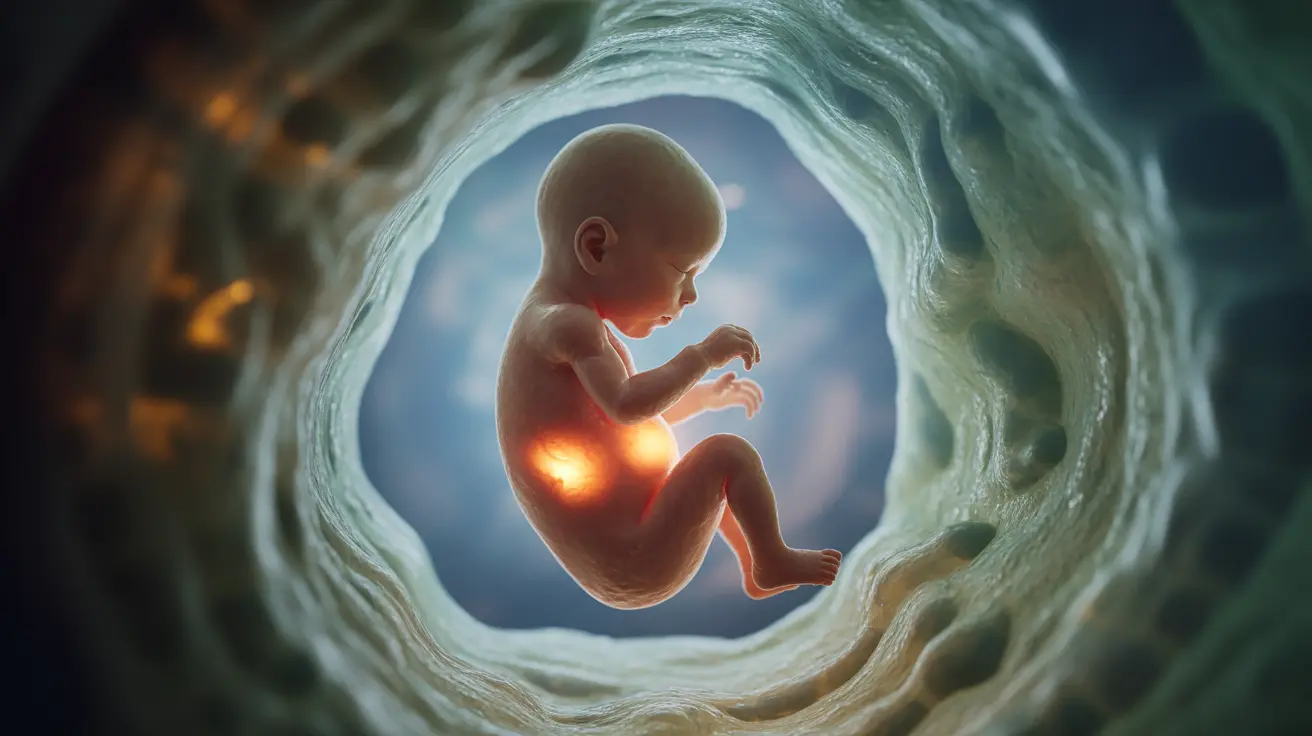Understanding fetal development by trimester helps expectant parents track their baby's incredible journey from conception to birth. This comprehensive guide explores the fascinating stages of prenatal growth, highlighting key developmental milestones and important changes that occur during each three-month period of pregnancy.
Each trimester brings unique and crucial developments in your baby's growth, from the formation of vital organs to the refinement of senses and preparation for life outside the womb. Let's explore these remarkable transformations in detail.
First Trimester: The Foundation of Life
The first trimester, spanning weeks 1-12, marks the most critical period of fetal development. During these initial weeks, your baby transforms from a single cell into a complex organism with basic body structures.
Weeks 1-4
Following conception, rapid cell division begins. By week 4, the embryo implants in the uterus, and the placenta starts forming. Basic structures that will become the brain, spinal cord, and heart begin to develop.
Weeks 5-8
This period sees explosive development of major organ systems:
- The heart begins beating around week 6
- Facial features start forming
- Arm and leg buds appear
- Neural tube develops into the brain and spinal cord
Weeks 9-12
By the end of the first trimester, your baby has:
- All major organs and structures in place
- Distinct facial features
- Developing fingernails and toenails
- The ability to make tiny movements
Second Trimester: Growth and Movement
The second trimester (weeks 13-26) is often called the "golden period" of pregnancy, marked by significant growth and increased activity.
Key Developments
During this stage, your baby:
- Develops fine hair (lanugo) and fingerprints
- Forms tooth buds beneath the gums
- Begins producing meconium
- Shows significant weight gain and length increase
Movement Milestones
Most mothers first feel fetal movement ("quickening") between weeks 18-20. These movements become progressively stronger and more coordinated as the baby grows and develops muscle control.
Third Trimester: Preparing for Birth
The final trimester (weeks 27-40) focuses on rapid growth and preparation for life outside the womb.
Physical Development
During these weeks:
- The baby gains significant weight
- Organs mature, especially the lungs
- Brain development accelerates
- Eyes can open and close
- Bones fully develop, except for the skull
Final Preparations
In the last few weeks:
- The baby usually turns head-down
- Fat accumulates under the skin
- The immune system strengthens
- Lung surfactant production increases
Frequently Asked Questions
What are the key stages of fetal development in each trimester of pregnancy?
First trimester: Basic body structure and organ development. Second trimester: Significant growth, movement, and detail development. Third trimester: Rapid weight gain, organ maturation, and preparation for birth.
What major organs and features develop during the first trimester?
During the first trimester, all major organs begin forming, including the heart, brain, spinal cord, and lungs. Facial features, limbs, and external genitalia also start developing.
When can fetal movements be first felt during pregnancy, and what happens in the second trimester?
Most women first feel fetal movements around weeks 18-20. The second trimester brings significant growth, development of features like fingerprints and hair, and increasingly coordinated movements.
How does the fetus prepare for birth during the third trimester?
In the third trimester, the fetus gains weight rapidly, develops mature lungs, strengthens its immune system, and usually moves into a head-down position in preparation for birth.
Why is the first trimester considered the most critical period for preventing birth defects?
The first trimester is crucial because all major organs and structures form during this time. Environmental factors, nutrition, and exposure to harmful substances can significantly impact development during this sensitive period.




